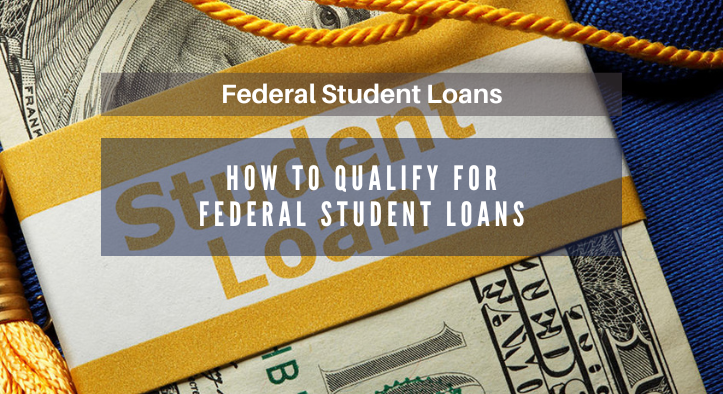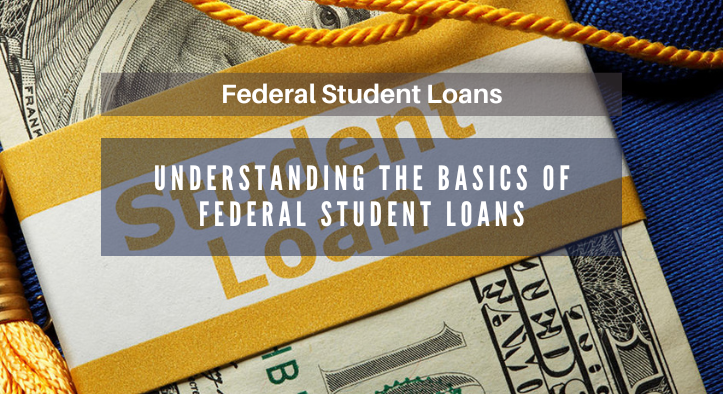How to Qualify for Federal Student Loans

How to Qualify for Federal Student Loans
Student loans are a great way to finance your college education. Federal student loans offer some of the most competitive interest rates and repayment terms available. But before you can take advantage of these loans, you must first qualify. Here’s what you need to know about qualifying for federal student loans.
Eligibility Requirements
In order to qualify for federal student loans, you must meet certain eligibility requirements. These include:
- Being a U.S. citizen or eligible non-citizen
- Having a valid Social Security number
- Having a high school diploma or GED
- Being enrolled in an eligible degree or certificate program
- Maintaining satisfactory academic progress
- Not being in default on any other federal student loans
You may also need to demonstrate financial need in order to qualify for certain types of federal student loans.
Applying for Federal Student Loans
Once you’ve determined that you meet the eligibility requirements, you can begin the application process. The first step is to complete the Free Application for Federal Student Aid (FAFSA). This form is used to determine your eligibility for federal student loans and other types of financial aid.
When completing the FAFSA, you’ll need to provide information about your family’s income and assets. You’ll also need to provide information about your school and the type of degree or certificate program you’re enrolled in.
Once you’ve submitted the FAFSA, the Department of Education will review your application and determine your eligibility for federal student loans. If you’re approved, you’ll receive a financial aid package that outlines the types of loans you’re eligible for and the amount you can borrow.
Types of Federal Student Loans
There are several types of federal student loans available. The most common are:
- Direct Subsidized Loans: These loans are available to undergraduate students who demonstrate financial need. The government pays the interest on these loans while the student is in school.
- Direct Unsubsidized Loans: These loans are available to undergraduate and graduate students regardless of financial need. The student is responsible for paying the interest on these loans.
- Direct PLUS Loans: These loans are available to graduate and professional students, as well as parents of dependent undergraduate students. The student or parent is responsible for paying the interest on these loans.
Repayment Terms
Once you’ve taken out a federal student loan, you’ll need to begin repaying it. The repayment terms vary depending on the type of loan you have. Generally, you’ll have 10 to 25 years to repay your loan, depending on the amount you borrowed.
You may also be eligible for loan forgiveness or deferment if you meet certain criteria. Loan forgiveness programs allow you to have a portion of your loan forgiven if you work in certain public service jobs. Deferment allows you to temporarily postpone your loan payments if you meet certain criteria.
Conclusion
Qualifying for federal student loans can be a great way to finance your college education. To qualify, you must meet certain eligibility requirements and complete the FAFSA. There are several types of federal student loans available, and the repayment terms vary depending on the type of loan you have. Be sure to research all of your options before taking out a loan to ensure that you get the best deal possible.
